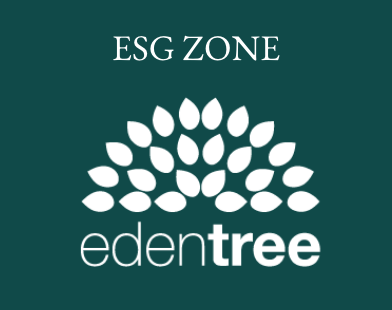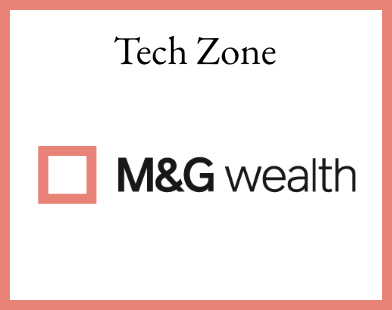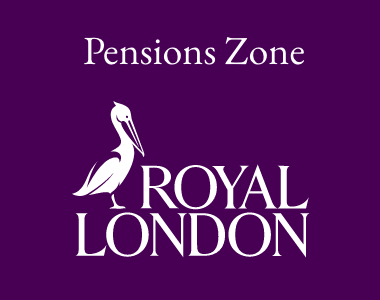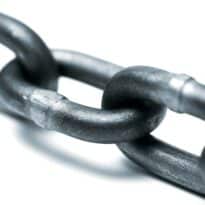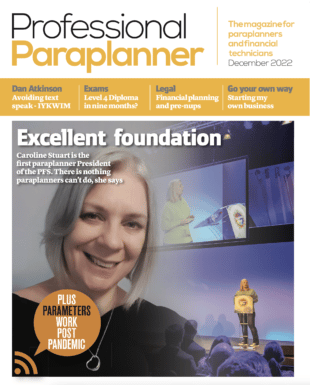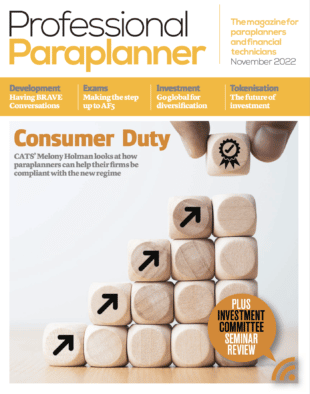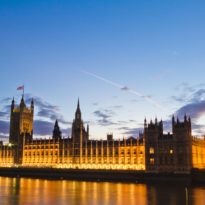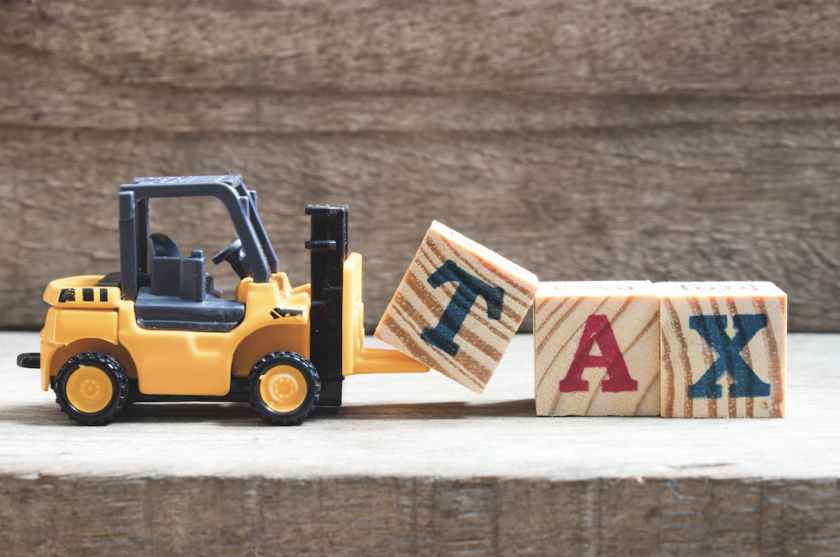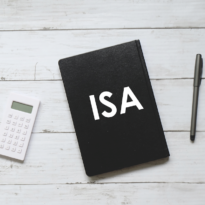The Brand Financial Training team examine the detail that can see families become liable to pay this charge and options to help avoid it.
This article was first published in the December issue of Professional Paraplanner.
The High Income Child Benefit Charge was introduced in 2013 affecting around 1.1 million families, in some cases dragging more people into the self-assessment system.
Let’s first look at when the charge applies:
- When an individual or their partner gets Child Benefit and
- Where either person has an ‘adjusted net income’ of over £50,000. If this is the case, the charge effectively removes 1% of the Child Benefit received for every £100 of excess ‘adjusted net income’ over £50,000.
- If income is over £60,000 the child benefit is essentially lost in full.
- It makes no difference if the higher earner is not the child’s mother or father nor if the couple are not married or in a civil partnership.
Let’s look at an example:
Julia and Ben are not married but have recently started to live together. Ben has a son, Oscar aged 14, from a previous relationship who lives with them permanently. Ben has earnings of £45,000 and Julia has earnings of £58,000.
Ben has always claimed Child Benefit and in 2020/21 will receive £21.05 per week for Oscar (calculated as £1,115.65 for the year by www.gov.uk).
Even though Julia and Ben are not married, and Oscar is not Julia’s son, because they live together, and Julia has earnings of more than £50,000 there will be a charge on her as the higher earner as follows:
- £1,115.65 x 1% = £11.15 (rounded down)
- £58,000 – £50,000 = £8,000/100 = 80
- £11.15 x 80 = £892 (rounded down) High Income Child Benefit Charge
Ben and Julia effectively have three choices; Ben can continue receiving Child Benefit and Julia pays the charge through the self-assessment system or Ben gives up the Child Benefit and Julia is not charged.
If Ben continues to receive the Child Benefit and Julia doesn’t normally fill in a tax return (because all her income is taxed under PAYE), she will need to register by the 5 October following the tax year she needs to pay the tax charge, in other words by the 5 October 2021.
The third option is that Julia reduces her adjusted net income by paying into a pension plan. If she makes a gross contribution of £8,000, reducing her income for Child Benefit purposes to £50,000, this would ensure she would not have to pay the High Income Child Benefit Charge. This is because ‘adjusted net income’ is income after deducting gross pension contributions (donations to charity under gift aid will also have the same effect).
The gross £8,000 pension contribution would only cost Julia £6,400 as the pension provider re-claims £1,600 of basic rate tax relief and she will also receive an additional 20% tax relief as a higher rate taxpayer.
The result is that Julia has an extra £8,000 in her pension fund which has effectively cost her only £4,800 and Ben gets to keep the Child Benefit payments.
Child Benefit and State Pension
You should note that if a client doesn’t think they will be entitled to any Child Benefit payments because either they or their partner is subject to the High Income Child Benefit charge, it might still be worth claiming in some circumstances (and electing not to receive payments). For example, if the child is under 12 and one partner is not working or does not earn enough to pay National Insurance contributions, registering for Child Benefit can provide National Insurance credits. These count towards State pension so there are no gaps in their National Insurance record.



